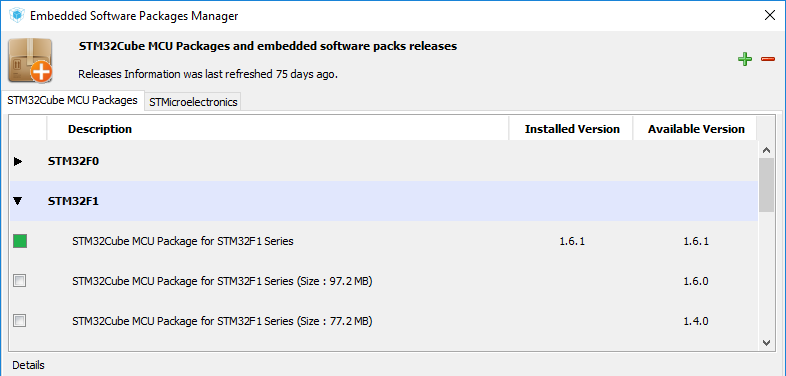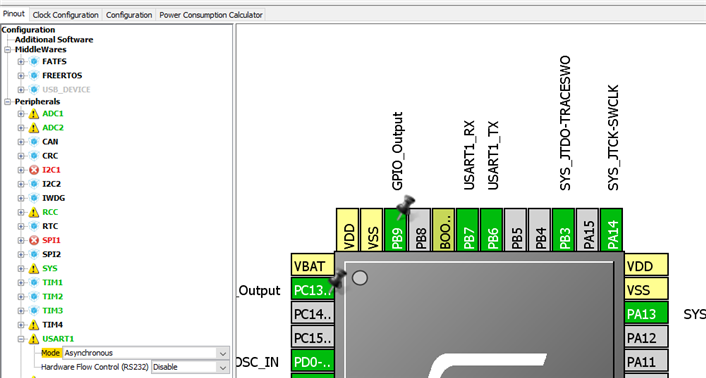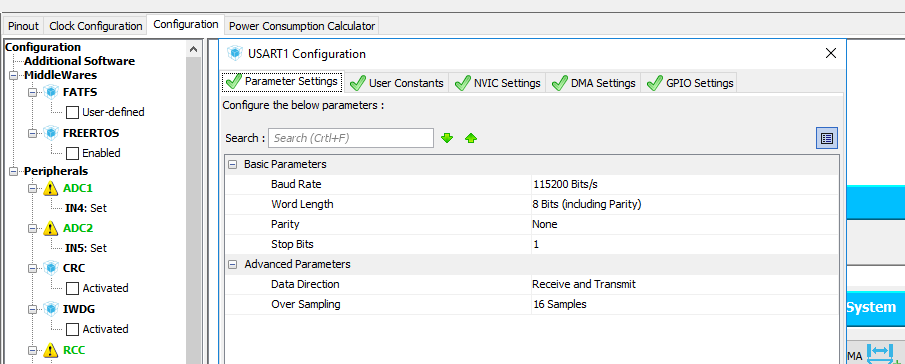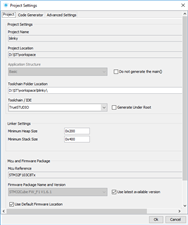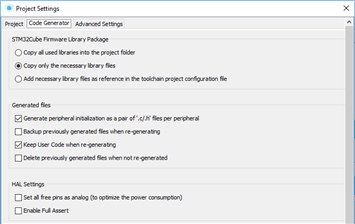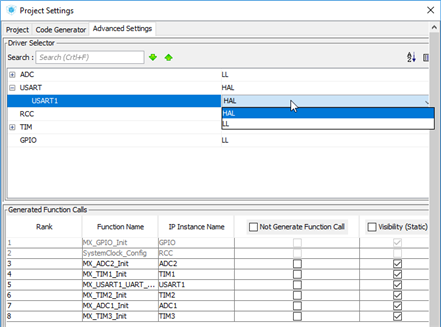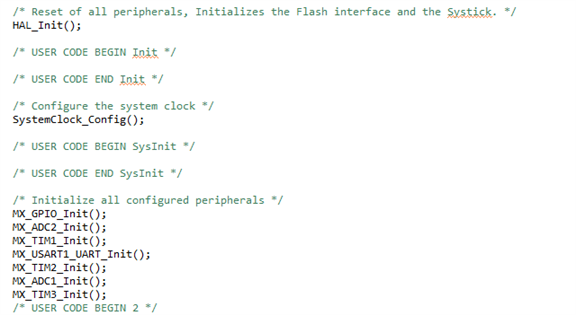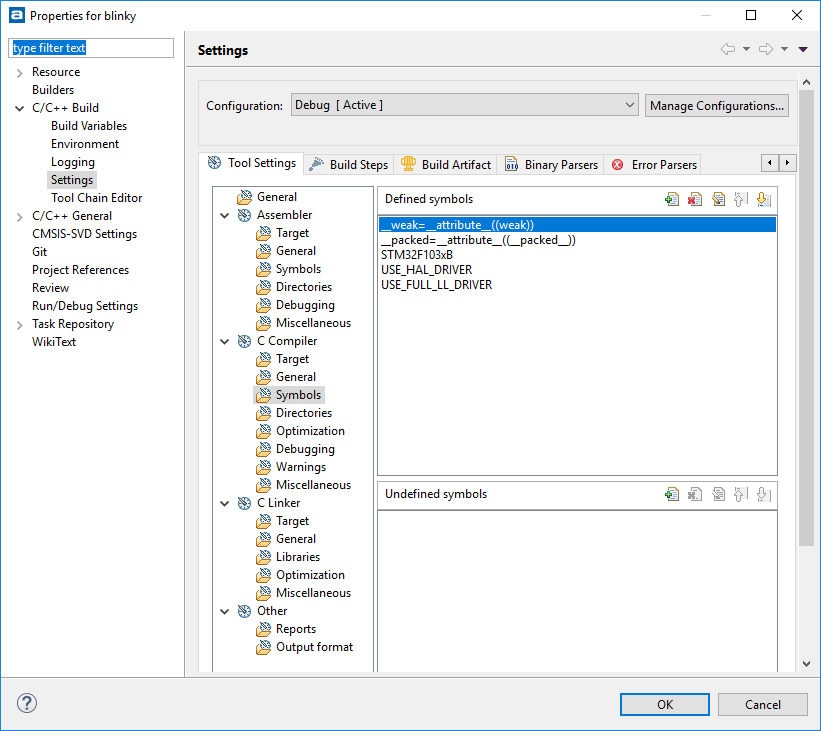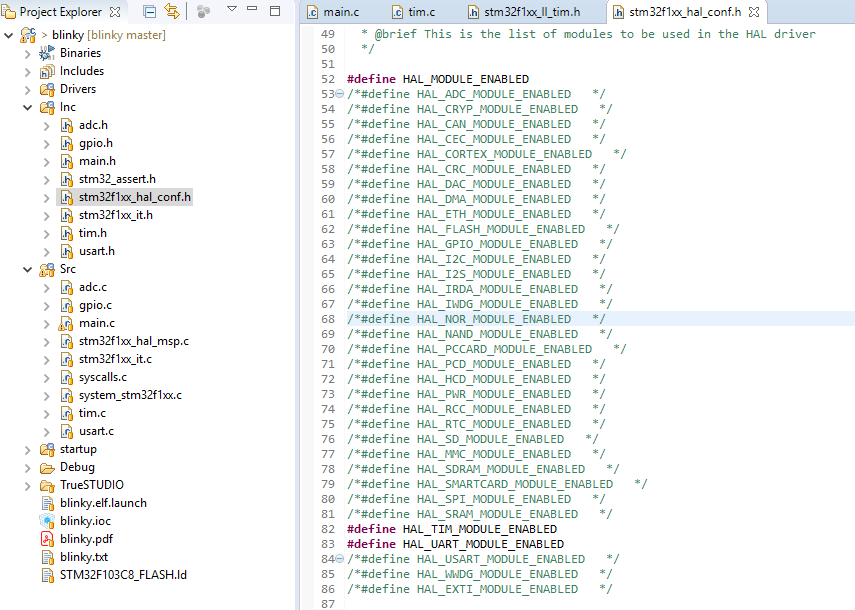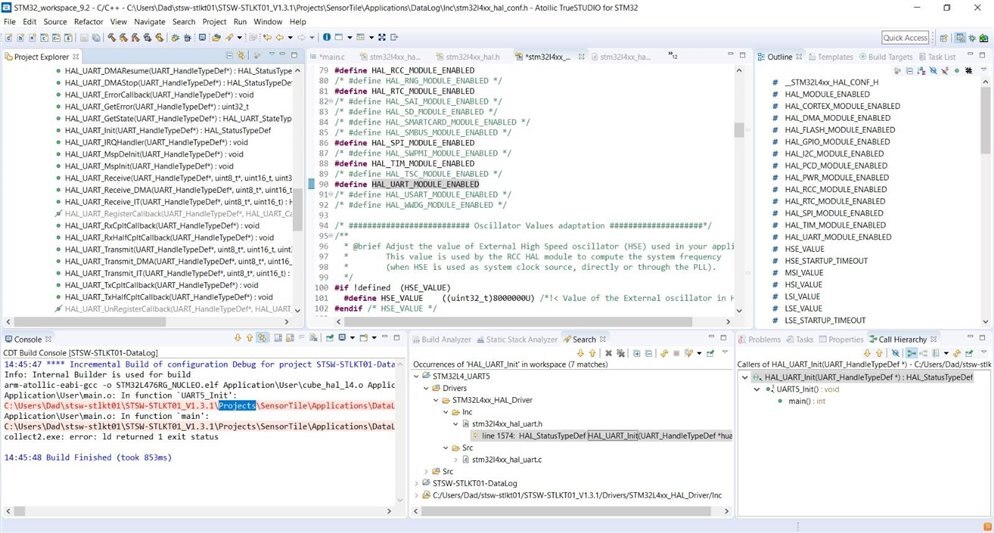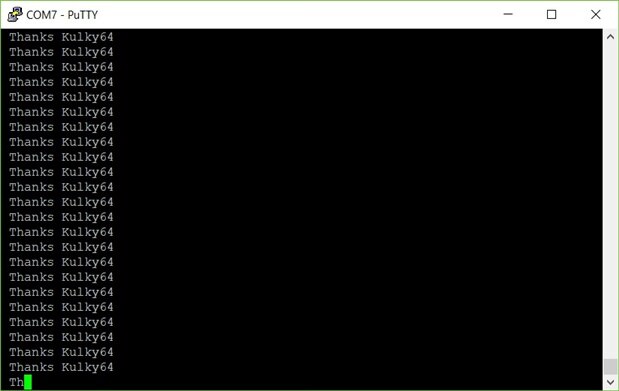I'm after some advice on how to do the following, the discussion will likely be useful to others, so I have broken out to this 'fresh area'. Happy to move if there is a more suitable place.
I'm participating in Sixth Sense Design Challenge and anyone following that will likely see a few posts from me stating that I'm struggling to understand the STM32 development cycle more than the actual range of IDEs. My initial discussion is https://www.element14.com/community/community/design-challenges/sixth-sense-design-challenge/blog/2019/02/25/r2b4-6-sens…
I'm currently using True Studio and STM32L476 although the question could easily relate to the other IDE and/or other devices and boards. I can, with some effort and luck, manage to install and download the examples that are provided in the relevant STM32xx_Cube downloads, I can use STM32xxCubeMX to make a skeleton framework but I seem lost when it comes to adding into an existing project.
For example, I am currently trying to activate the UART5 for that challenge. I have managed to track down the HAL_drivers for the UART in the initial download and add those into my existing project. Partly comparing a simple UART example I made to see what is required. All the HAL_UART functions are greyed out because HAL_UART_MODULE_ENABLED is not defined. When I look at the simple example I see these are defined in STM32xx_HAL_conf.h but in my example from the STM32xxCube package there doesn't appear to be such a file.
If I manage to find a solution I will post it here - current thinking is to (1) simply define the above and see what happens (2) copy the whole header file from another project and adjust for my current one
Any simple tips, explanation of the basics or links to concise articles would be really appreciated. I really want to crack my understanding of these ARM based boards - I have several now and really want to make something useful with them.
Rod

